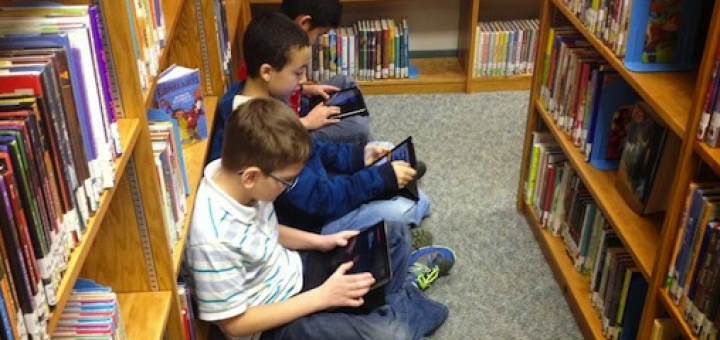Tagged: internet literacy
New studies continue to reveal that many students cannot evaluate internet information for truthfulness, writes media literacy expert Frank W Baker. “It has become a crisis in American education,” he says, as disinformation becomes industrialized and “truth decay” spreads.
Executive function is the missing link to student achievement, author Nancy Sulla says. If students don’t develop the brain-based skills to focus, catch and correct errors, and identify cause-and-effect relationships, they can’t make sense of even the best lessons.
How do today’s students access news and what do they understand about its origins? In his Close Reading the Media column, expert Frank W. Baker offers ideas and activities for engaging students in critical thinking about how they share and consume news in social media.
Bringing online conversations around books into the schoolhouse can prepare our students for what reading looks like today and tomorrow, says K-5 principal Matt Renwick. He highlights the development of his school’s first student digital book club.
Visual literacy is vital skill for iGeneration students, says reviewer Patricia Thomas-Jeanig. She recommends Steve Moline’s See What You Mean: Visual Literacy K-8 (2nd Edition) which explores many kinds of visual texts and includes great teaching ideas.
Reviewer Jamey Cates says this ISTE guide, Media Literacy in the K-12 Classroom by Frank W. Baker, is an excellent resource for cultivating media literacy skills, with ready-to-serve lessons correlated to standards.
















